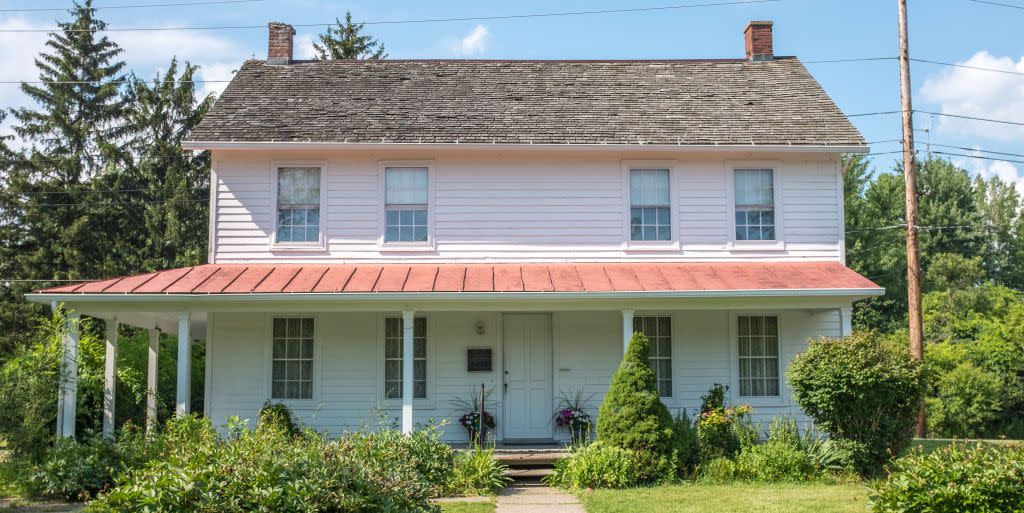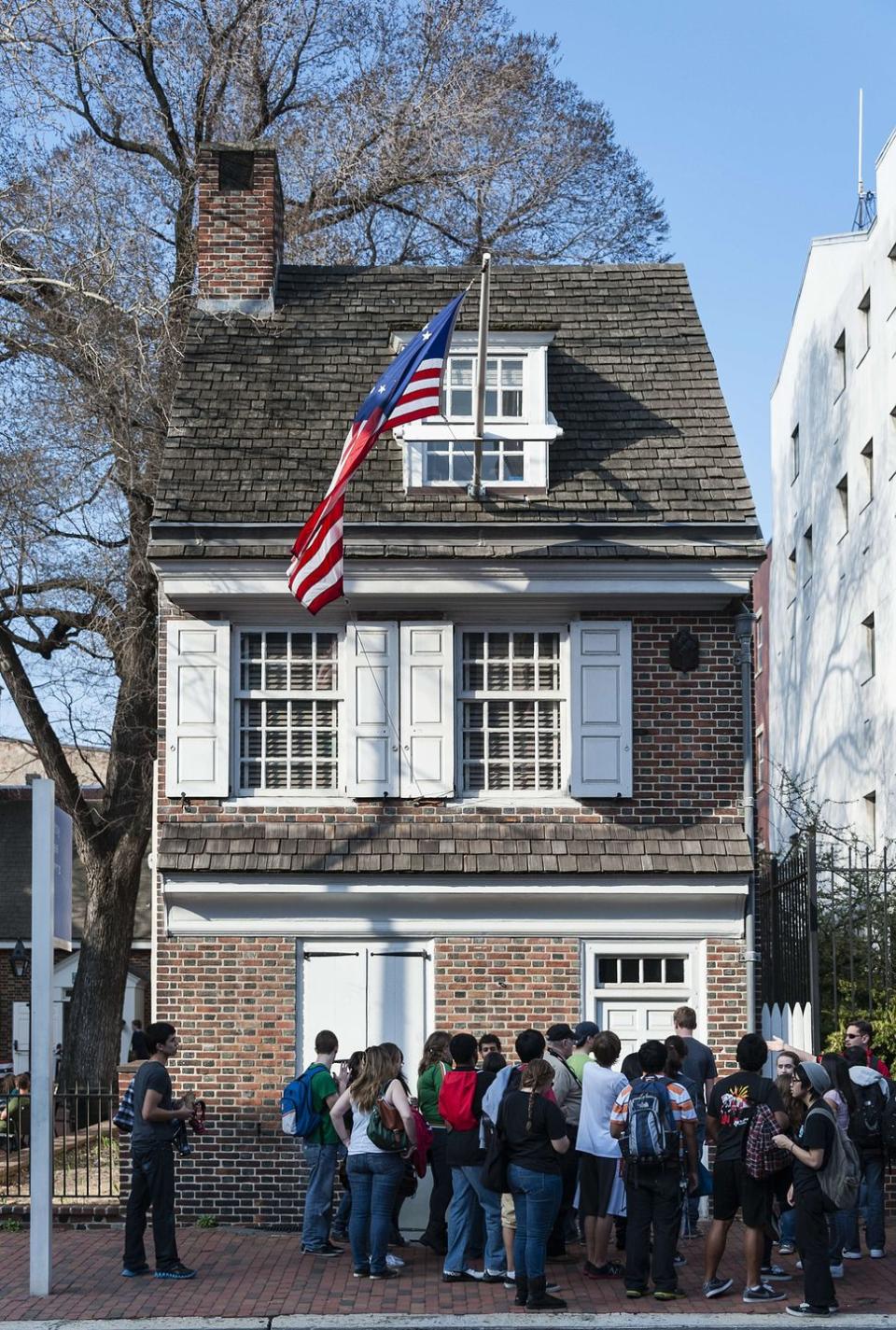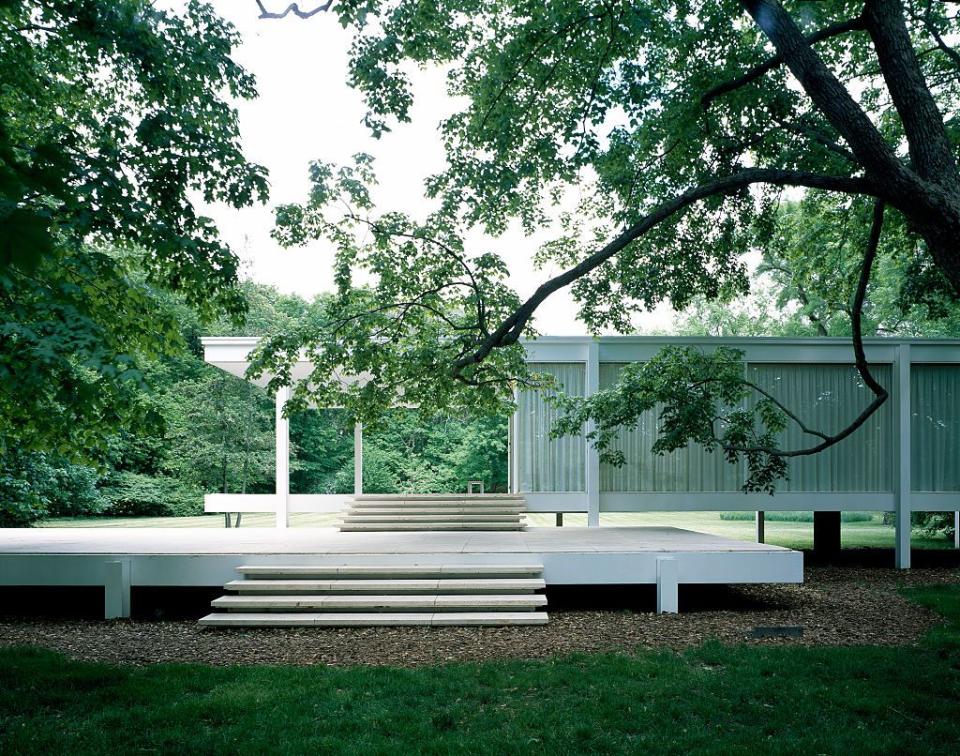This Organization Wants Your Help Finding Influential Places in Women’s History

The National Trust for Historic Preservation needs your help. August 26th marks the 100-year anniversary of women’s suffrage, yet as a nation we are still woefully behind when it comes to preserving women’s history. Only a small percentage of the sites listed on the National Register of Historic Places are associated with women’s history—a fact that’s not surprising when you consider that for much of the 20th century, the preservation movement focused mainly on upkeep for the homes of presidents and other wealthy white men.
The National Trust aims to change that. “We have been working for decades to make our work more inclusive, but it is more important now than it has ever been,” Paul Edmondson, the organization's president, told House Beautiful. “Each and every one of us helps define our American story—our history—and we aren’t being honest if the places we preserve do not reflect that diversity.”

So far, the National Trust has identified 838 places connected to women’s history and has goal of discovering 1,000 places by August 26. There are the homes of celebrated authors like Edith Wharton, Willa Cather, and Joan Didion; the Betsy Ross House in Philadelphia; the abodes of abolitionists like Sojourner Truth, Harriet Tubman (shown at the hop of this article), and Harriet Beecher Stowe; and Hearst Castle, which was built by Julia Morgan, the first woman to become a licensed architect in California. Other sites celebrate pioneering women like Amelia Earhart and environmentalist Rachel Carson. There are schools, university buildings, hospitals, and hotels. These places tell the stories of influential American women, the struggles they endured, and the contributions they made to improve the lives of their fellow citizens.
“The important contributions of women have shaped every aspect of our society, and historic places are powerful touchstones for understanding the stories of their challenges and triumphs,” Edmondson says.
For much of American history, women lived in the shadows of their husbands, male relatives, and colleagues. Take Lee Krasner, for example, the wife of Jackson Pollock and a talented painter in her own right, whose home and studio in the Hamptons is a National Historic Landmark. Or Edith Farnsworth, who commissioned Ludwig Mies van der Rohe to design her iconic home. “The Farnsworth House has long been credited solely as the masterwork of the prominent male architect who designed it, but is now also recognized as the product of its visionary female owner and occupant, Dr. Edith Farnsworth,” Edmonson explains.
“It is worth noting that the preservation movement itself was largely created and nurtured by women, as they banded together to save places like Mount Vernon, the home of President George Washington, and Cedar Hill, the home of Frederick Douglass,” Edmonson continues, emphasizing “the legacy of women as keepers of our culture.”

Jackie O. worked on the restoration of the White House during JFK’s term and later saved New York’s Grand Central Terminal from demolition. Barbara Baer Capitman co-founded the Miami Design Preservation League in 1975, managing to save 800 Art Deco buildings in Miami Beach. Susan Pringle Frost founded what would become the Preservation Society of Charleston and succeeded in creating the nation’s first historic district. We need to honor their contributions and continue the work of preserving historic places for all Americans to enjoy.

According to Edmondson, the National Trust’s campaign for Where Women Made History started with a soft launch late last year. “With generous support from American Express, we gave out nearly $2 million in grants for preservation projects at historic places where women made history in America’s Main Street communities,” he said. “This year, as we celebrate the 100th anniversary of women’s suffrage, we are building on that initial gift.” A $100,000 gift from Benjamin Moore will help fund painting projects at historic sites. But they’ve still got a long way to go.
If you can donate, great, but even if you can’t, the National Trust needs your help to identify places where women made history. Edmonson adds, “If you know a place in your community where women made history, then by all means add it to the list, and take the first step that can help preserve that place for generations to come.”
Follow House Beautiful on Instagram.
You Might Also Like


